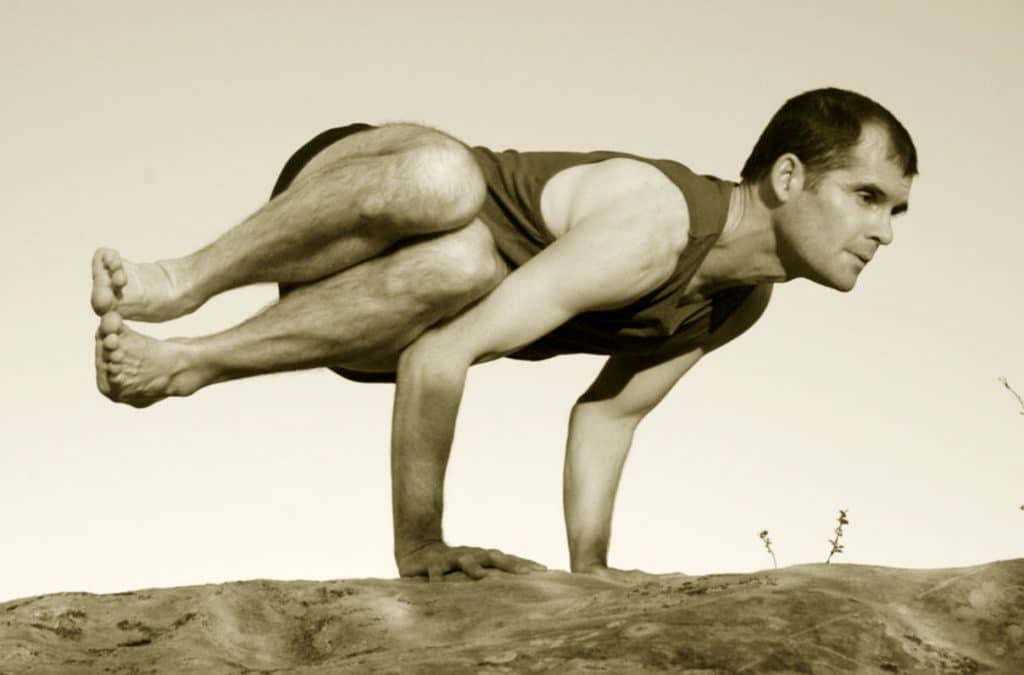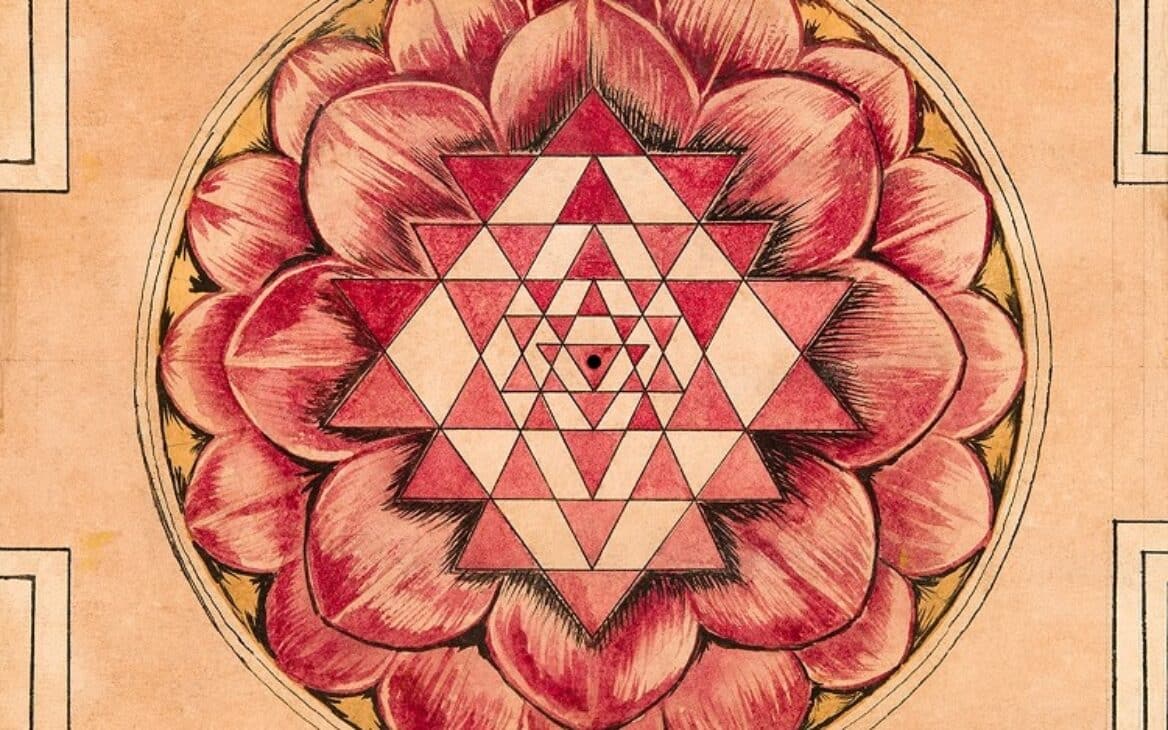Challenge Pose: Side Crane (Parsva Bakasana)
By Tias Little via YogaJournal
Posted March 28, 2017

PREVIOUS STEP IN YOGAPEDIA 3 Prep Poses for Side Crane Pose
SEE ALL ENTRIES IN YOGAPEDIA
Soar like a bird as you move step by step into Parsva Bakasana.
Benefits
Tones the side body, especially the abdominal obliques; improves balance; reduces asymmetry in the lower spine; creates a wringing effect on the organs.
Stay safe
To avoid a plummet, your elbows must remain shoulder-width apart and drawn in. Your shoulder girdle should stay lifted and oscillate very little—the grace of this pose lies in the broad span of the collarbones. Another concern: compressing your wrists. To avoid this, spread your fingers, as if stretching the webbing between them. This provides stable support for your wrists, arms, and shoulders. Meanwhile, to master the exquisite balance, practice pitching your center of gravity on an oblique angle up and forward. Aim to balance, if only for a second, on the slant. Once you find the fulcrum, hover like a graceful crane.
Step 1
Start in Tadasana; lower into a squat. Position your knees and feet together and elongate your spine. Pivot your torso to an oblique angle to your legs. Raise your left arm upward, and on an exhale, bring your elbow to the outside of your right knee as high along your outer leg as possible. Set your hands on the floor shoulder-width apart and in line with each other. Widen your palms, spread your fingers, and root down through your hands.
Step 2
Pitch your weight upward onto the balls of your feet and raise your heels off the floor. Hook your left elbow by wedging your arm firmly against your outer right thigh. This is the critical latch—without it, your crane cannot fly! Exhale deeply a few times: Now comes the moment of truth. The key is to be compact enough to clamp your outer right leg with your outer left elbow. (Note: Even if this is your stopping point for today with Side Crane, you’re nevertheless creating a powerful compressive twist on your internal organs. Stay with it!)
Step 3
Prepare for takeoff: Pull your center of gravity upward and forward, aiming for the midpoint between your two thumbs. Start pitching your trunk forward over your hands, lengthening your spine like the long neck of a heron. Meanwhile, strive to keep your upper arms parallel to each other, and your collarbones parallel to the floor. Don’t let your elbows splay outward—splaying allows your collarbones to collapse and overburdens your outer arms, because you fail to engage your stabilizing inner arms and interior chest muscles.
Step 4
Launch your center of gravity upward. Airborne, pin your feet together and spread your toes. Avoid dumping into your right shoulder, which can happen when your right, non-weight-bearing arm splays outward; instead, pull your right elbow in toward your midline. Now, ground down through your hands and lift your feet into the full expression of the pose, using the fulcrum of your right leg against your left arm as leverage. Gaze steadily at the floor 2–3 feet in front of you. Elongate the front of your spine from navel to nose by drawing your sternum forward toward your chin—like the flight of a migrating heron. Counter any compression on the diaphragm and sub-diaphragmatic organs by taking 3–5 short, quick, powerful breaths instead of your usual Ujjayi Pranayama. Feel the powerful rotation in your lower spine in this suspended, “hanging” twist before coming back to earth. Repeat on the other side.
About Our Pro
Tias Little is the founder of Prajna Yoga (prajnayoga.com) in Santa Fe, New Mexico, and the author of three books, including
Yoga of the Subtle Body. His teachings interweave various disciplines, including meditative arts, classical yoga, and Buddhist studies.


